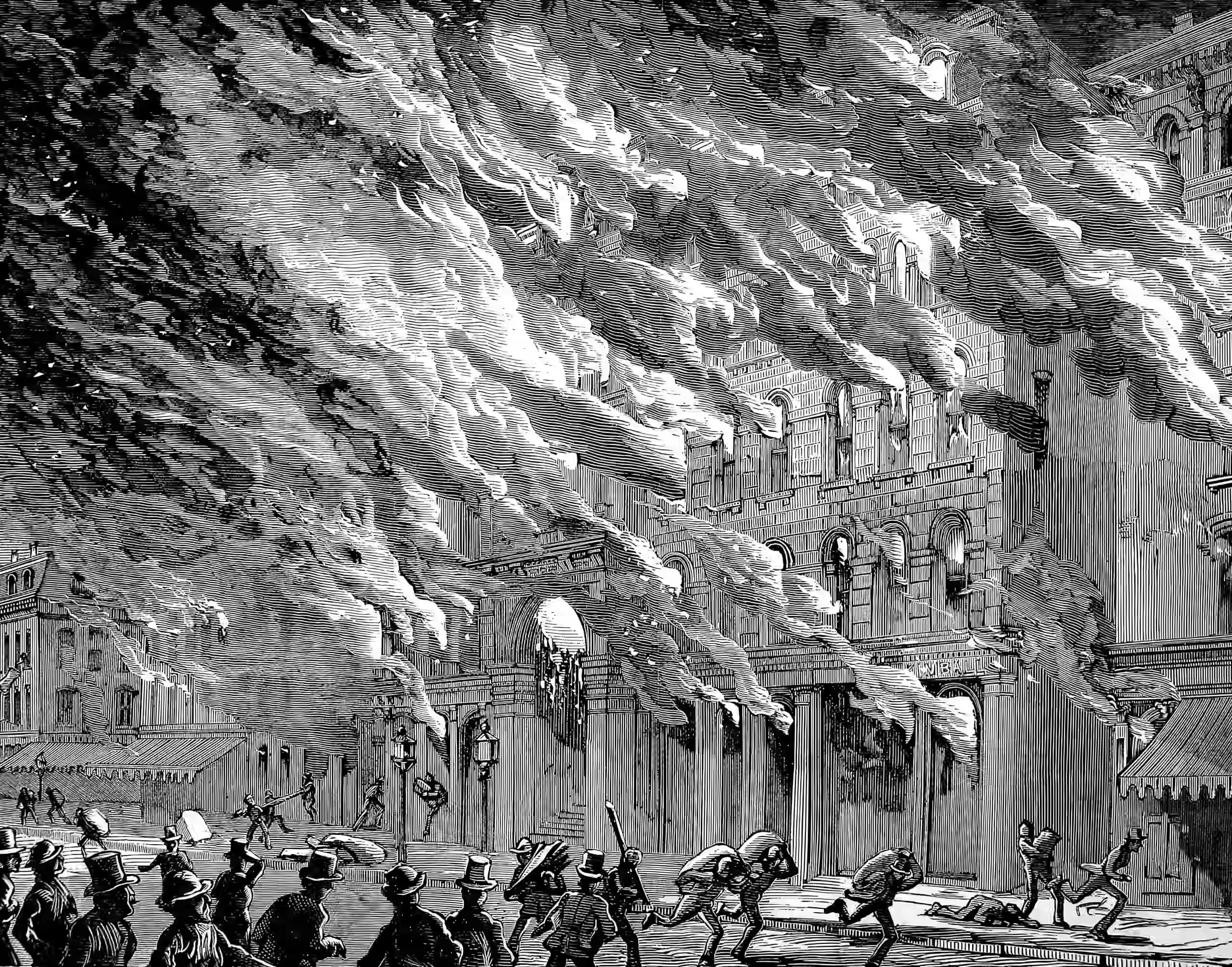Akerlof, and Shiller. 2015. Phishing for Phools: The Economics of Manipulation and Deception.
Bright. 2022.
“Neo-Rationalism.”
Camara. 2021. “Computationally Tractable Choice.”
———. 2007. Generative Social Science: Studies in Agent-Based Computational Modeling. Princeton Studies in Complexity.
Farrell, Mercier, and Schwartzberg. 2022.
“Analytical Democratic Theory: A Microfoundational Approach.” American Political Science Review.
Gagen, and Nemoto. 2006. “Variational Optimization of Probability Measure Spaces Resolves the Chain Store Paradox.”
———. 1997. “What Makes Markets Allocationally Efficient?” The Quarterly Journal of Economics.
Henrich, Boyd, Bowles, et al. 2005. “‘Economic Man’ in Cross-Cultural Perspective: Behavioral Experiments in 15 Small-Scale Societies.” Behavioral and Brain Sciences.
Holland, and Miller. 1991.
“Artificial Adaptive Agents in Economic Theory.” The American Economic Review.
Jackson. 2009.
“Social Structure, Segregation, and Economic Behavior.” Presented as the Nancy Schwartz Memorial Lecture.
Kirman. 2010. “Learning in Agent Based Models.”
Latek, Axtell, and Kaminski. 2009. “Bounded Rationality via Recursion.” In.
Lo. 2004.
“The Adaptive Markets Hypothesis.” The Journal of Portfolio Management.
Maćkowiak, Matějka, and Wiederholt. 2023.
“Rational Inattention: A Review.” Journal of Economic Literature.
Molavi. 2022.
“Simple Models and Biased Forecasts.” arXiv:2202.06921 [Econ].
New Dimensions in Ecological Economics: Integrated Approaches to People and Nature. 2003.
North. 1994. “Economic Performance Through Time.” The American Economic Review.
Rauch, and Casella. 2001. “Networks and Markets: Concepts for Bridging Disciplines.” In Networks and Markets.
Rosewell, and Ormerod. 2004.
“How Much Can Firms Know?” Computing in Economics and Finance 2004.
Rubinstein. 1997. Modeling Bounded Rationality.
Sah. 1991. “Fallibility in Human Organizations and Political Systems.” The Journal of Economic Perspectives.
Sargent. 1994. Bounded Rationality in Macroeconomics: The Arne Ryde Memorial Lectures (Clarendon Paperbacks).
Simon. 1996. The Sciences of the Artificial.
Wilhite. 2001.
“Bilateral Trade and ‘Small-World’ Networks.” Computational Economics.
Yanagita, and Onozaki. 2008.
“Dynamics of a Market with Heterogeneous Learning Agents.” Journal of Economic Interaction and Coordination.
Young. 1996.
“The Economics of Convention.” The Journal of Economic Perspectives.
